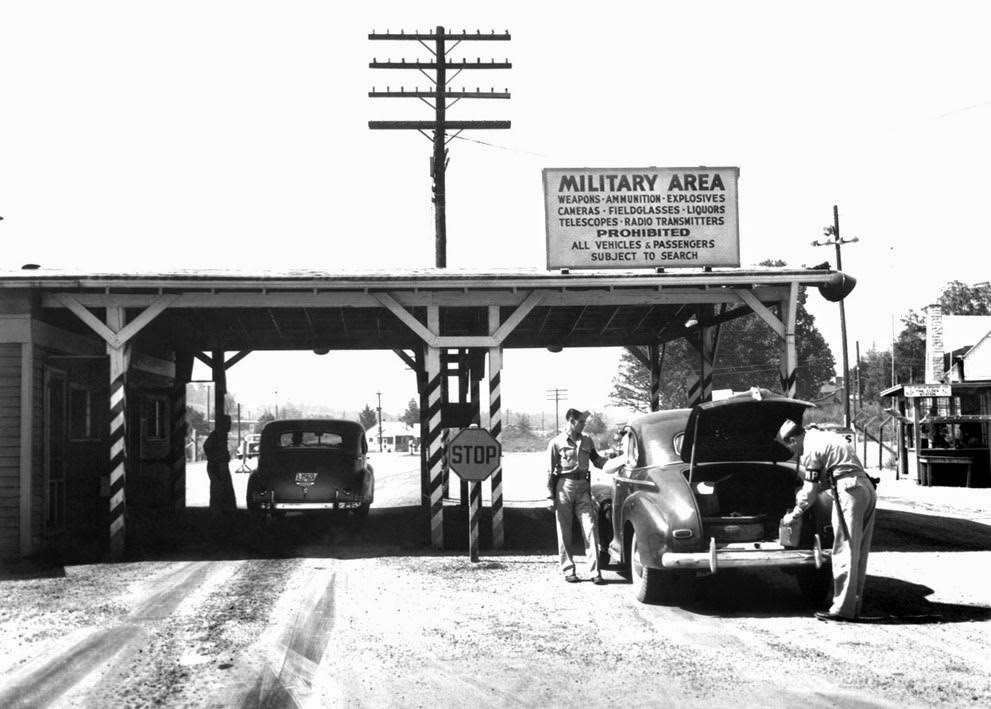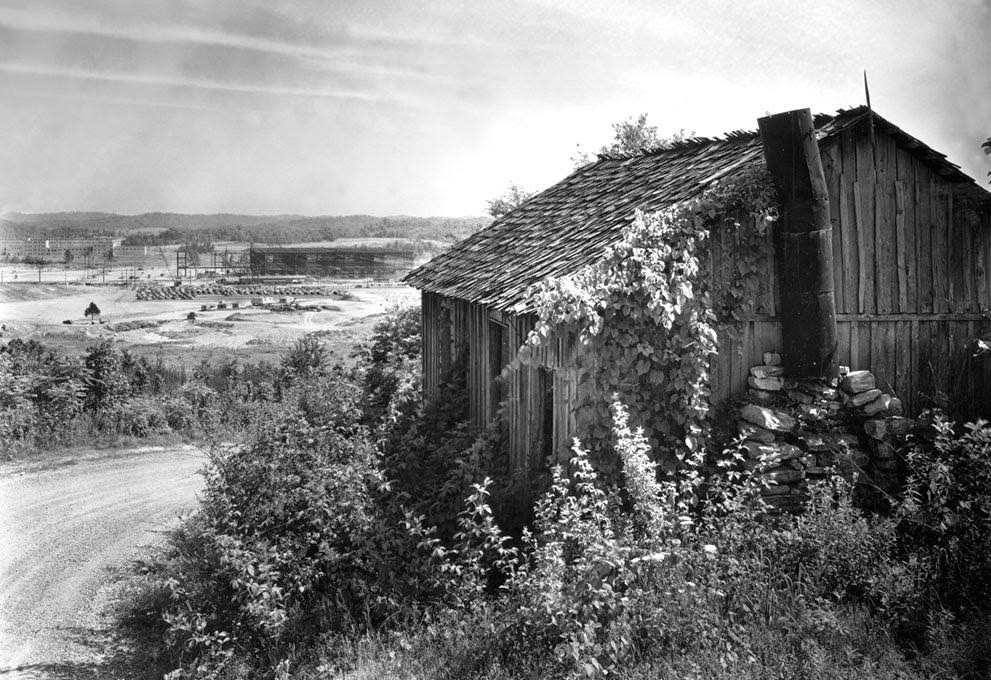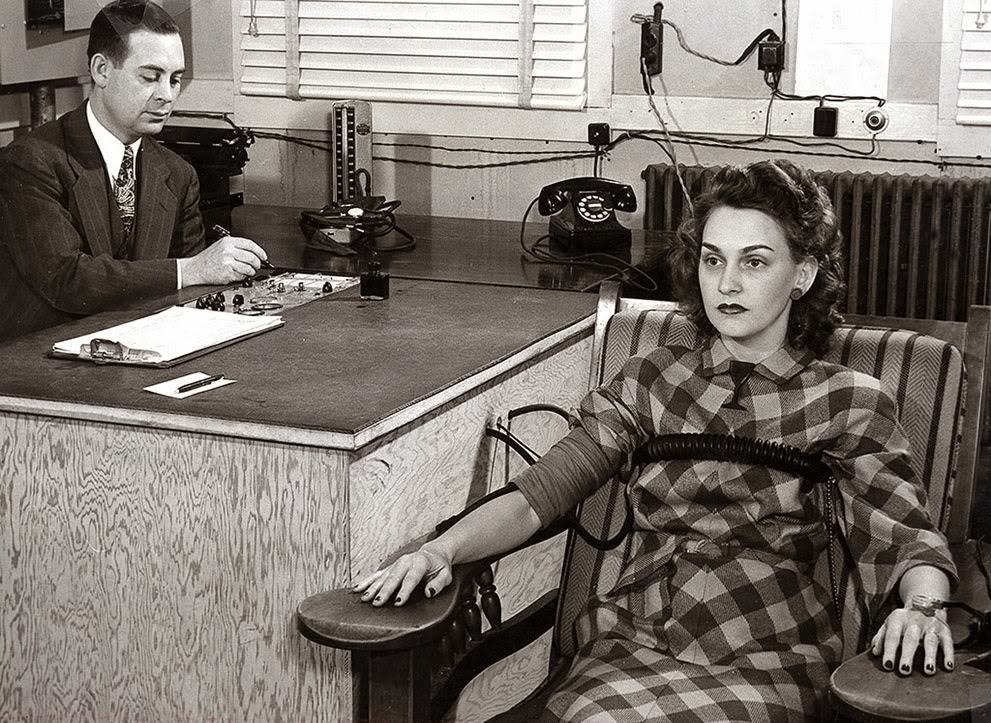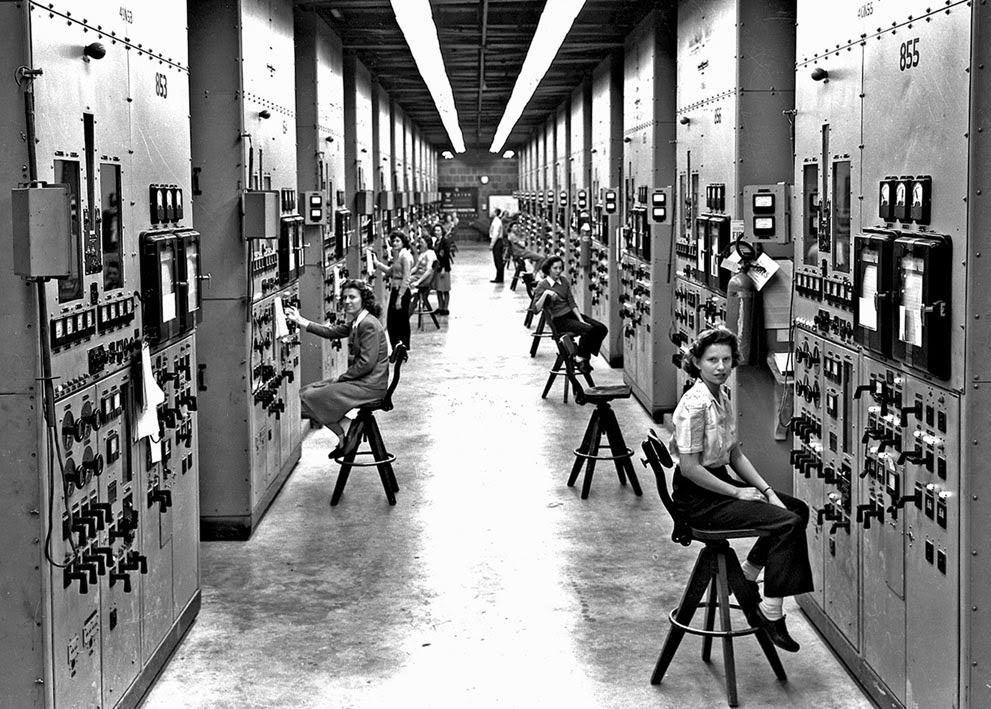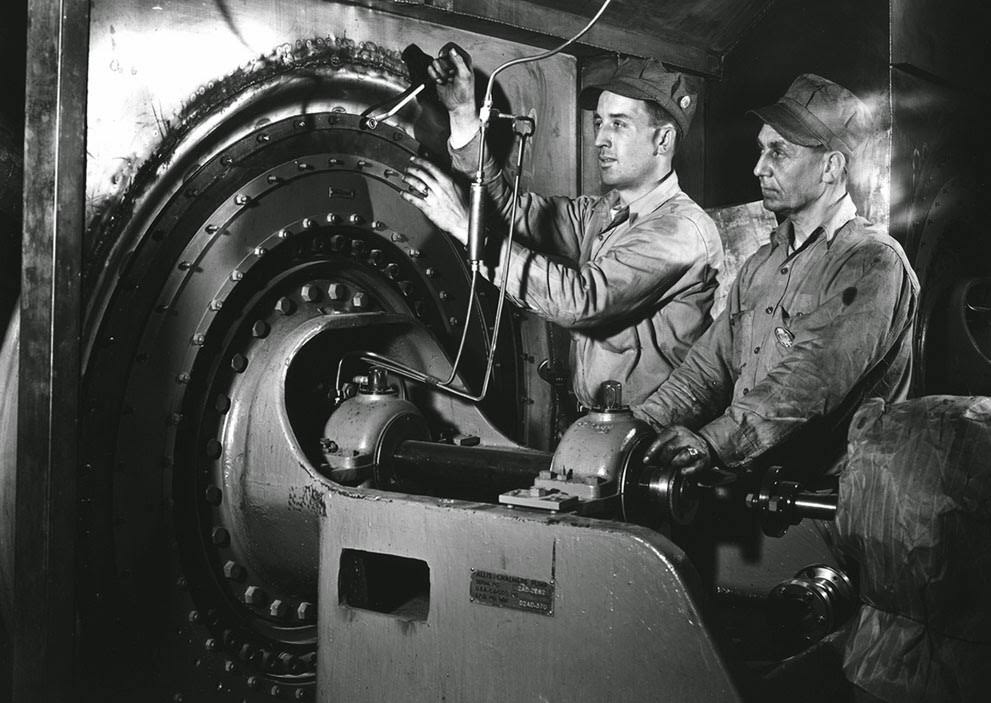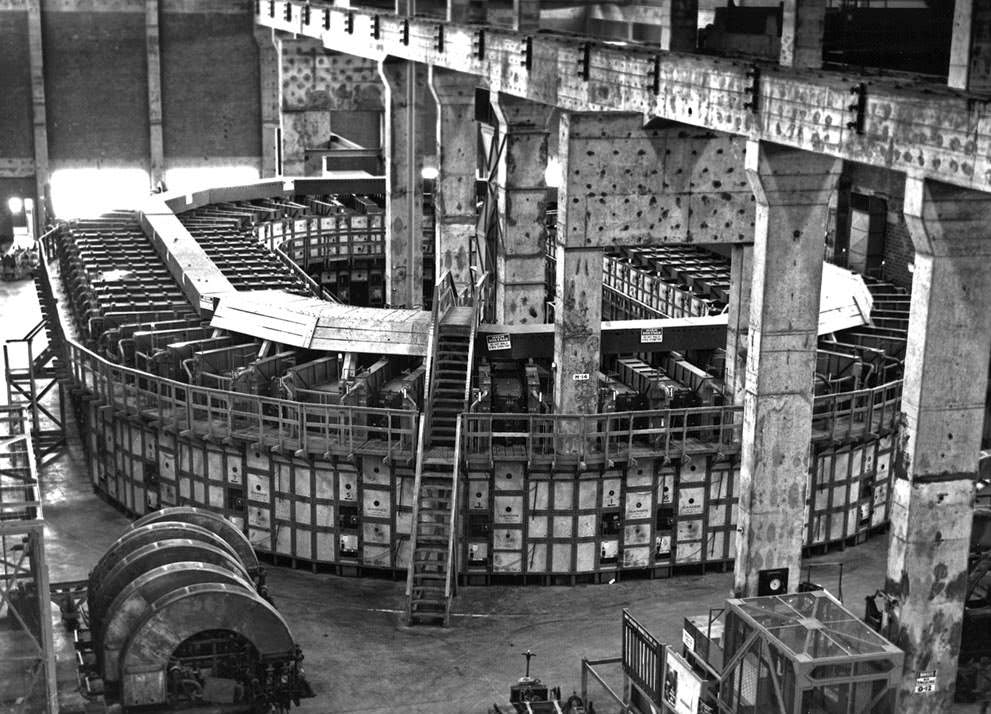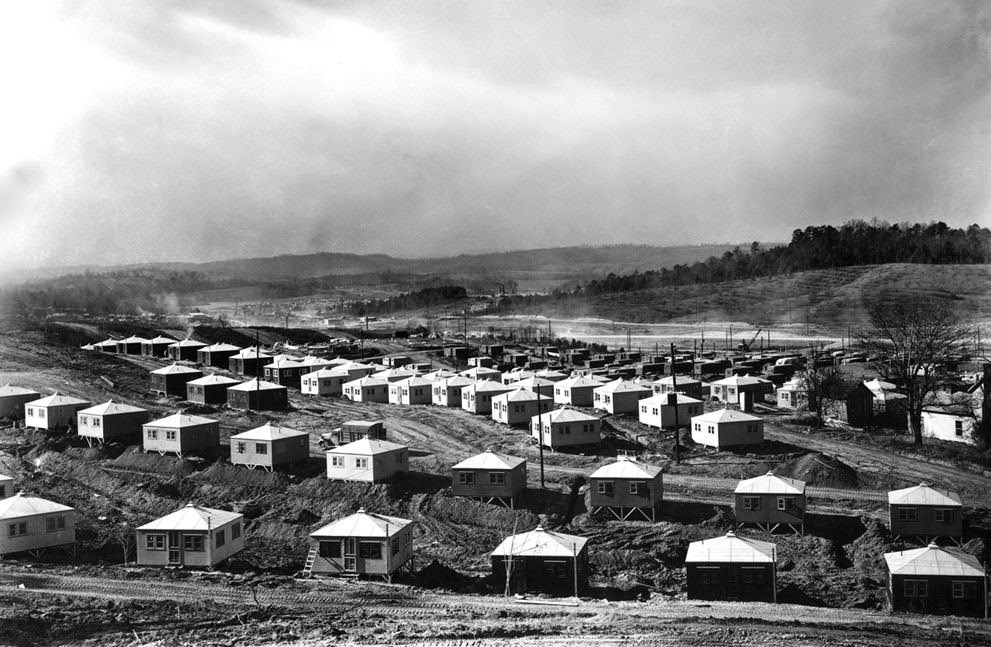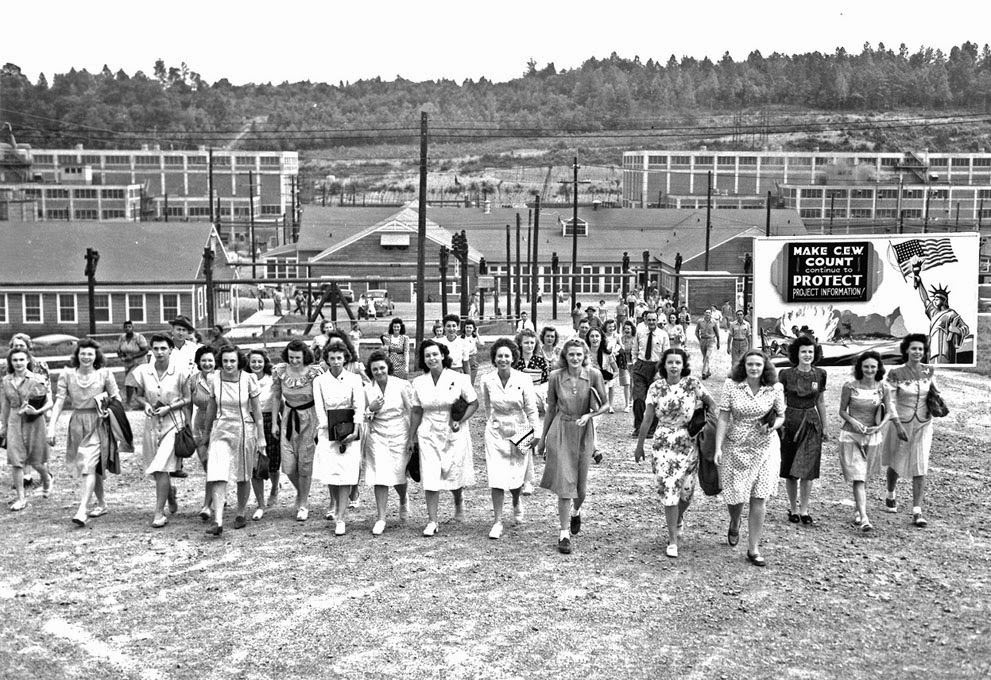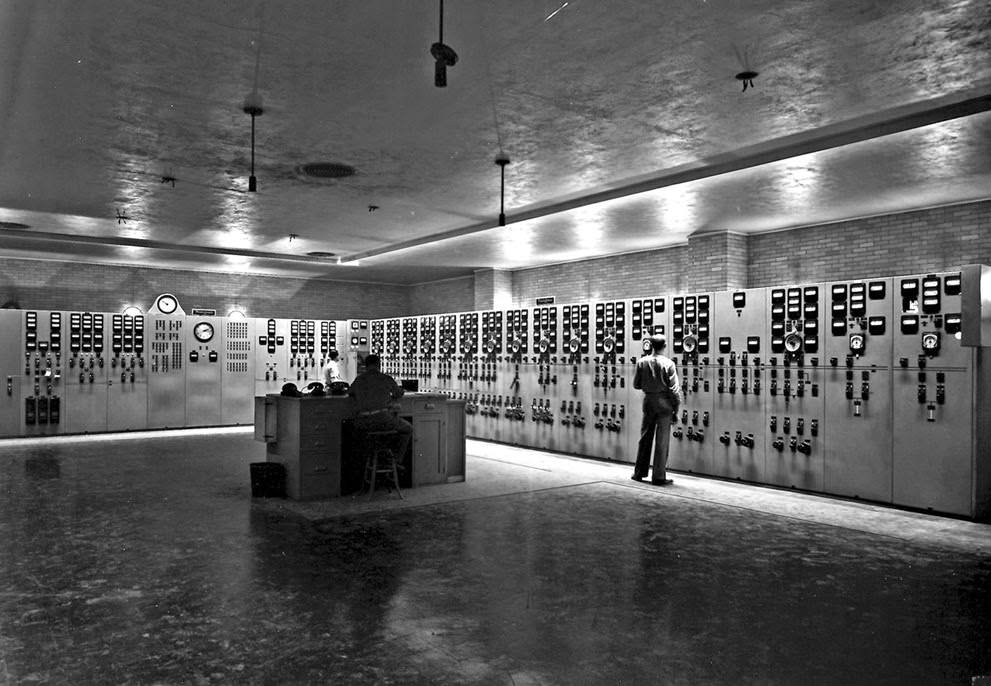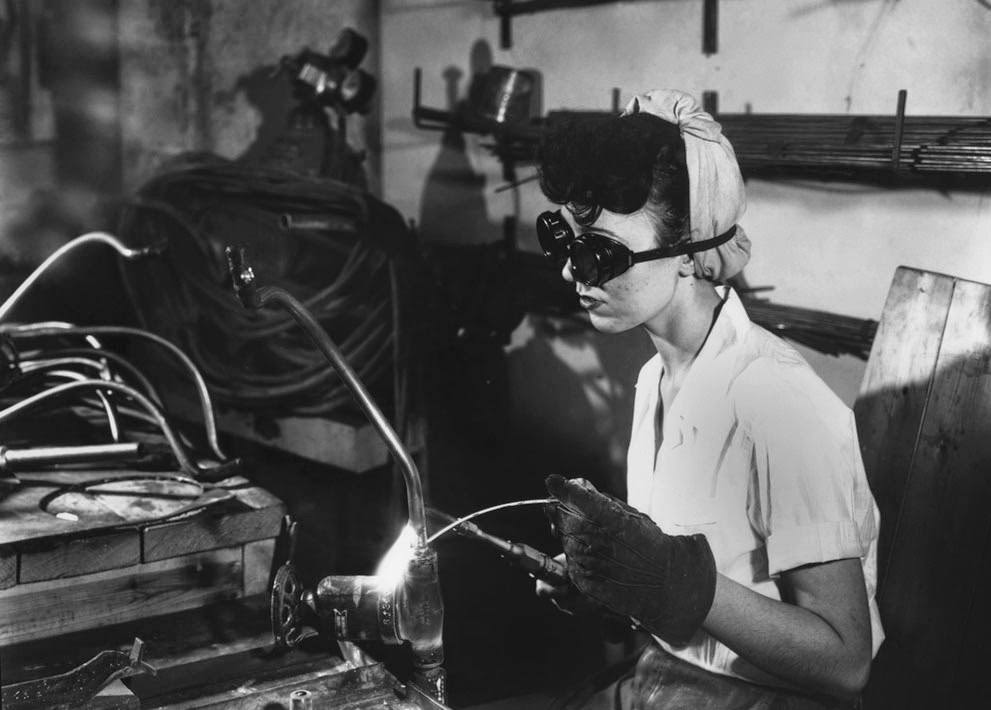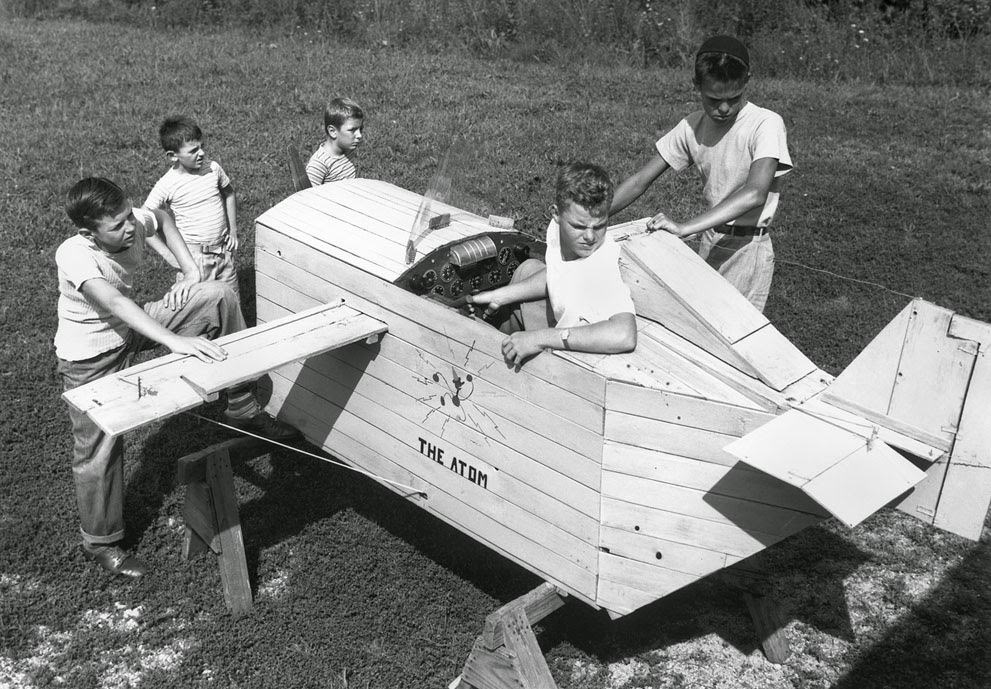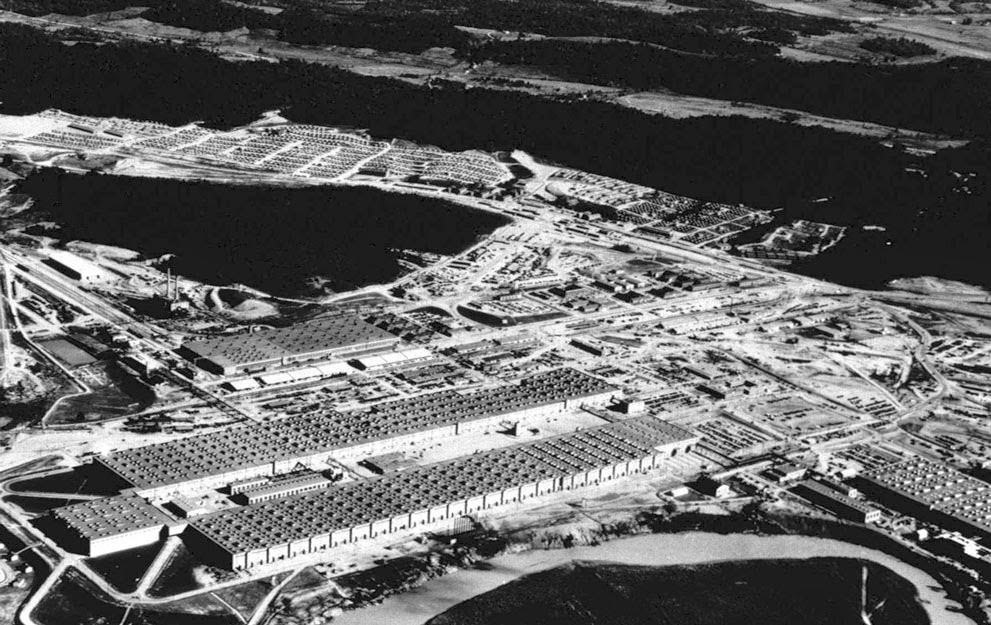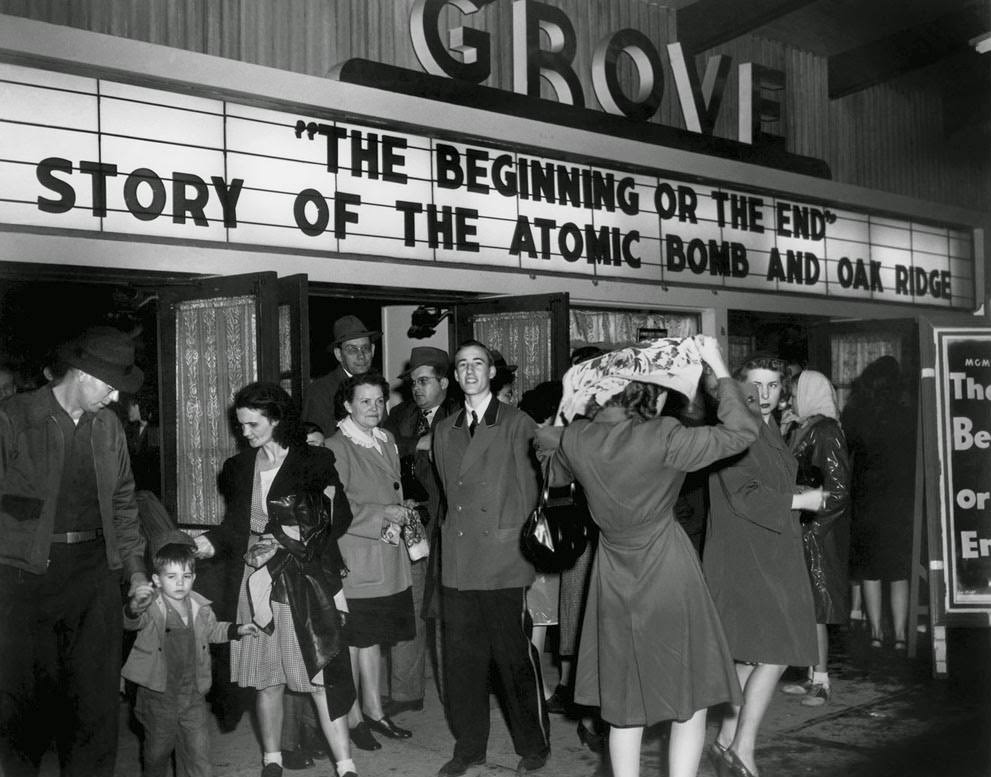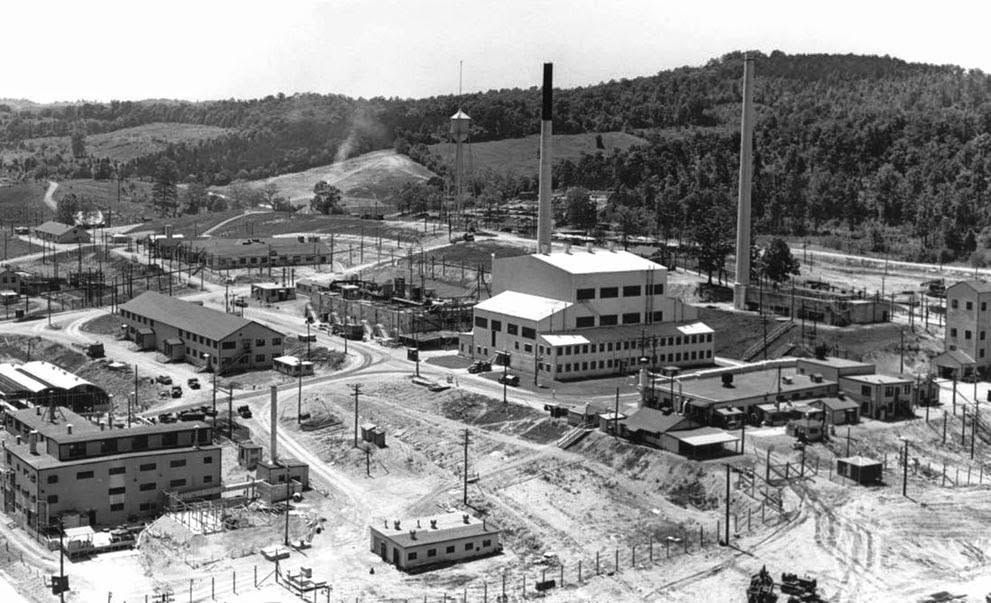Tucked away in the rolling hills of East Tennessee, Oak Ridge is a town steeped in history, mystery, and a legacy interwoven with the very fabric of World War II. Known as the “Secret City,” Oak Ridge’s tale is one of intrigue, immense scientific achievement, and a clandestine mission that would shape the outcome of the war. Let’s uncover the story of this enigmatic city.
The Birth of a Secret City
The origins of Oak Ridge trace back to 1942 when the U.S. government, under the auspices of the Manhattan Project, acquired 56,000 acres of land. Almost overnight, a once-sleepy region transformed into a bustling city with factories, homes, and research facilities. The purpose? To enrich uranium for the world’s first atomic bomb.
Imagine moving to a city that wasn’t on any map, a place where your work was so secretive you couldn’t even discuss it with your family. This was the reality for the thousands of workers who flocked to Oak Ridge. By 1945, the population had swelled to 75,000, making it the fifth-largest city in Tennessee.
Groundbreaking Scientific Endeavors
At the heart of Oak Ridge were its massive facilities: the Y-12 electromagnetic plant, the K-25 gaseous diffusion plant, and the X-10 graphite reactor. These were the epicenters of uranium enrichment and plutonium production, where cutting-edge science met wartime urgency.
Living Under a Veil of Secrecy
Life in Oak Ridge was unique. Residents lived with a constant sense of mystery. Mail was censored, conversations monitored, and identities were often concealed. While the city had amenities like theaters, stores, and schools, it also had fences, armed guards, and checkpoints. It was a community built on trust and secrecy.
The Culmination: Hiroshima and Nagasaki
The fruits of Oak Ridge’s labor became tragically evident in August 1945 when atomic bombs, built with materials from the Secret City, were dropped on Hiroshima and Nagasaki. These actions, while controversial, hastened the end of World War II.
Post-war, Oak Ridge shifted from a city of secrecy to one of open scientific exploration. It played a foundational role in the establishment of the U.S. Department of Energy and continues to be a hub for research.
In 2013, the Oak Ridge site, alongside two other locations, was designated as part of the Manhattan Project National Historical Park, ensuring its story will be told for generations.



